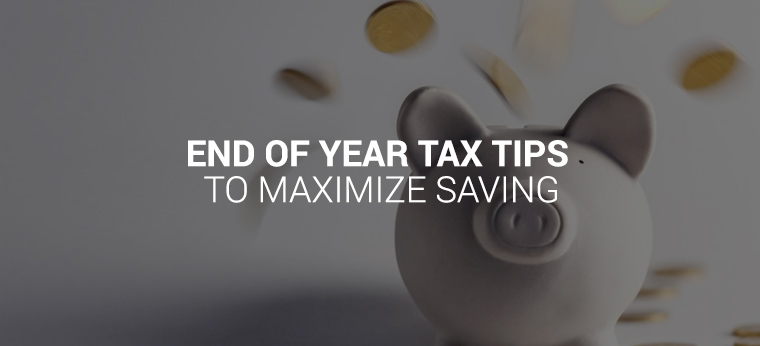
Everyone likes to save money when it comes to their taxes. Why give the government more than the bare minimum? For this reason, now is the time to review strategies to save on taxes. A person should never wait, as they may miss out on opportunities by doing so. Following are some tax tips to keep in mind while reviewing these strategies to see which will be of most benefit.
- Determine if any income should be deferred until next year. The Canadian government has expressed a desire to cut the federal tax rate for middle income earners and increase it on those who make more than $200,000 a year. As a result, those in the middle income tax bracket may wish to defer income where possible and high earners may wish to increase the rate at which they receive their income.
- Make use of a free software program to file taxes. Don’t wait until tax time to begin researching these programs, however. Now is the time to do research so taxes can be filed in a timely manner.
- Take advantage of capital losses by selling off investment properties or stocks that are losing money. This helps to offset any capital gains that must be declared in a tax year. Some individuals find they achieve significant tax savings simply by making use of this strategy.
- Make use of employee stock options, as the benefit from this stock option will be included in income. This will be of great importance if the Liberals do place a cap on the stock option deduction, a plan they are discussing. High income earners especially need to consider making this move, before the income tax rate increases on them in 2016.
- Always have the spouse who earns less money do the investing in the family. This ensures these investments are taxed at the lower rate. In addition, a spouse who earns more can lend money to their spouse to purchase investments. When doing so, however, they must charge an interest rate of one percent, as required by the Canada Revenue Agency.
- Contribute to the lower earning spouse’s registered retirement savings plan (RRSP). By doing so, a person receives the same benefit they would if they were putting money into their own RRSP account. The main benefit comes, however, when it is time to withdraw this money, as it will be taxed at the rate of the lower earning spouse.
- Make full use of a Registered Disability Savings Plan (RDSP). Money put into this account will grow tax free. Best of all, it may net as much as a 300 percent return. Only eligible Canadians may make use of this tax strategy, so each individual needs to determine if they qualify before using this option.
These are only a few of the many tax tips an individual can make use of to reduce their tax burden. There are numerous others. Don’t hesitate to consult with a tax professional, as he or she can recommend other ways to save on this obligation and keep more money in a person’s back pocket. This is sure to be appreciated by all.
